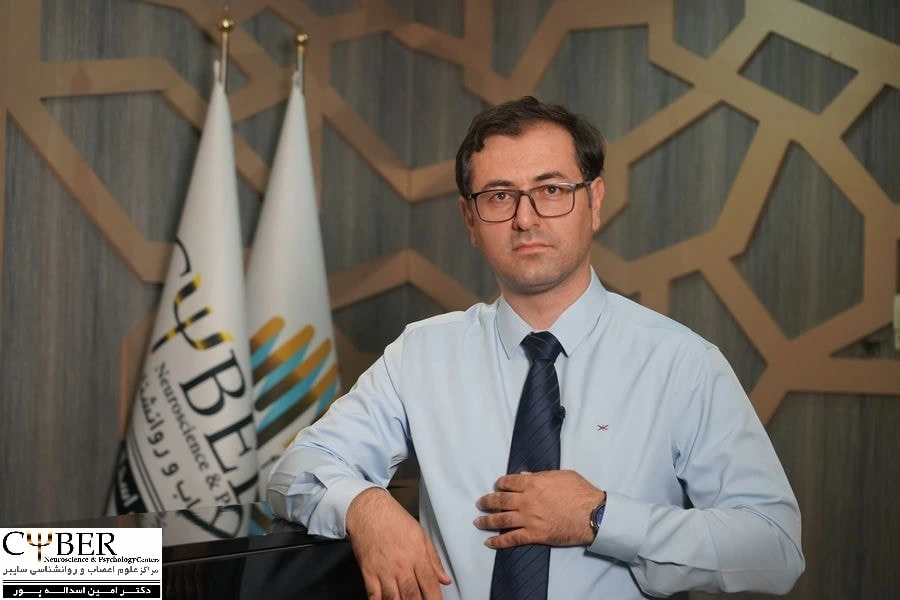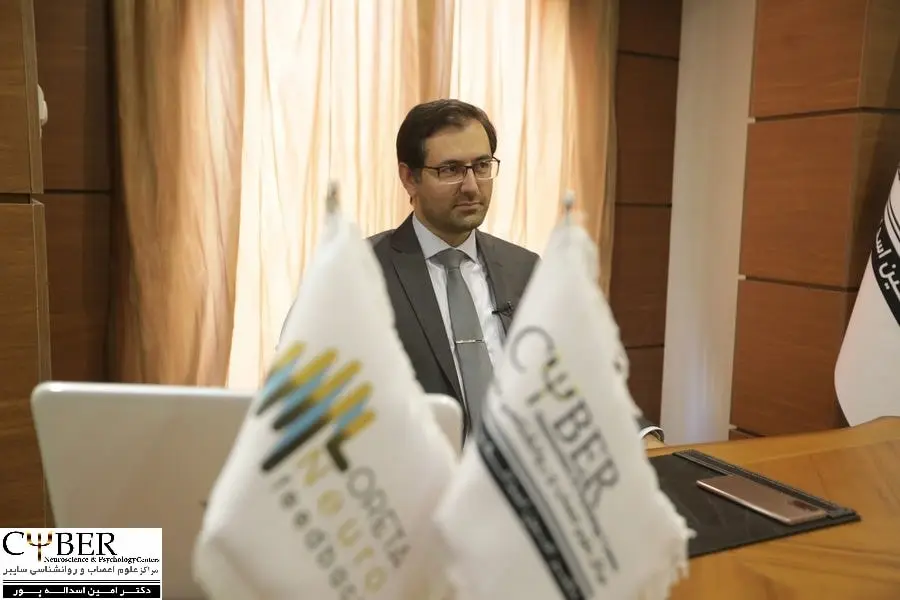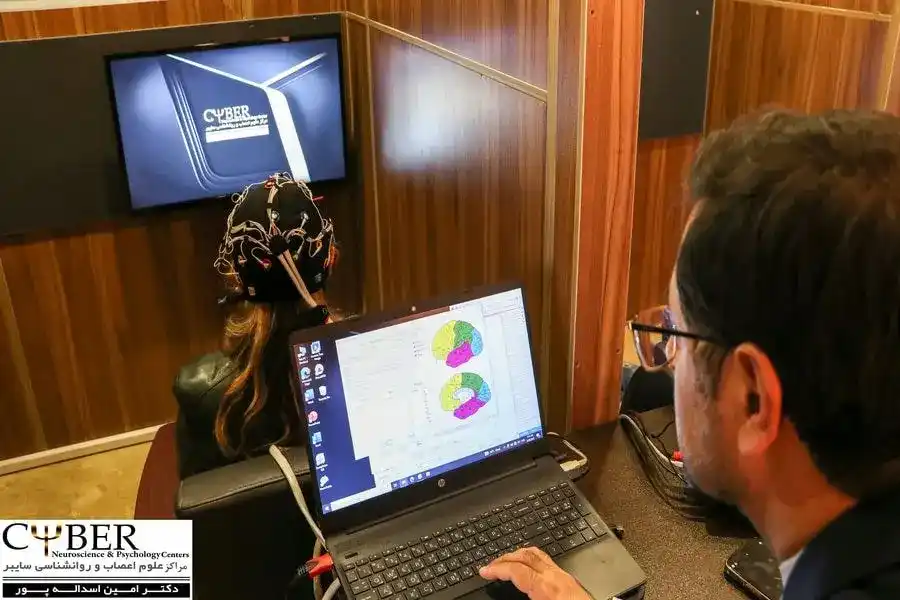Treatment of autism
It is important to know that autism is a developmental disorder which causes the functions of the brain get destructed and The treatment of autism means reduction of the related symptoms and dysfunctions. Autism spectrum disorder is a condition in which a person faces challenges in social skills, verbal and non-verbal communications.
Currently no cure has been found for this disorder, but if this disorder is diagnosed in childhood and immediately the process of treatment starts, its symptoms can be reduced and the child’s abilities can be improved. The course of treatment of autism aims to improve patients’ daily living skills and to maximize their participation in the society. Prevention of autism spectrum disorder is more recommended, but the treatment has been effective to a large extent to control the symptoms of this disorder. To get more information you can read more about Autism here.
Accurate diagnosis improves the quality of treatment of autism
One thing that parents should get used to is the fact that every behavior that these children show is related to autism and parents need to learn how to interpret every behavior correctly. For example, hitting over the head with hands can be a sign of a child’s headache or earache. In these cases, a thorough physical examination is required. Monitoring healthy growth in terms of mental and physical is vitally important.
As it was mentioned the purpose of treatment of autism is to overcome the upcoming challenges more easily by knowing the strengths and weaknesses of the child and trying to enhance their strengths.
Observing first symptoms
Symptoms are widely different for each person. As soon as parents observe first signs of autism in children, they should go to a specialist to take necessary tests which lead to accurate diagnosis. The sooner you start treatment the better the child’s functions improve. The most common symptoms include:
- Avoiding or not keeping eye contact
- Using few or no gestures by twelve months of age like waving hands to say goodbye
- No response to name by nine months of age
- Not showing facial expressions like happy, sad, angry, and surprised by nine months of age
- Not playing simple interactive games by twelve months of age
- Not sharing interests with others by fifteen months of age like showing objects that they like
- Not pointing to show you something interesting by eighteen months of age
- Not noticing when others are hurt or upset by twenty four months of age
- Not noticing other children and join them in play by thirty six months of age
- Not pretending to be somebody else, like a teacher or superhero, during play by forty eight months of age
- Not singing, dancing, or acting for you by sixty months of age
Beginning the course of treatment of autism
Dealing with people who are suffering from autism, specially children, can be challenging and difficult. To begin treatment you need to consider some tips including:
Find Experts
People who are in contact with children with autism spectrum disorder (ASD) must be expert to know how to deal with these patients and how to treat them skillfully; Therefore, you should be careful about choosing a specialist, trainer and therapist.
Collect more information about treatment of autism
Familiarity with ASD helps to distinguish false beliefs from the truth and to have a proper understanding of every behavior you see. By doing so, the course of treatment will pass more smoothly.
Connect with families who want to treat their child’s autism
Families who have a child with ASD may face the same problems as you and their children might show the same behavior as yours. So their experience and advice can be useful for you and make autism treatment easier as you can relate with each other and they can empathize with you.
Take care of yourself and other family members
Parents as the main caregivers to children with ASD must be careful about their own health and try to allocate some time for themselves and other members of the family because supporting patients with ASD is exhausting. There is a need for continuity in the course of treatment and that requires parents’ patience and attention.
Be honest with specialists and therapists
In many cases, when parents see the symptoms of ASD in their child, try not to associate them with autism, and when the therapists ask them about their child’s behavior, they hide some information. As a result, the course of treatment gets interrupted.
Visiting a specialist
It is better to mention your child’s newly-formed or improved behavior when you go to the specialist, or if it is difficult to explain, record a video of your child’s behavior and show it to the therapist.
Write down your questions and concerns to ask the therapists. If your child takes medicine, even supplements and vitamins, inform the doctor and get advice about the dose of medications.
Different methods of moderating the symptoms
There are various treatments for different types of autism, including applied behavior analysis, social skills training, occupational therapy, physiotherapy, and the use of assistive technology.
In general, methods of treatment of autism can be divided into four categories:
- Behavioral and communicative approach
- Nutritional approach
- Pharmacological approach
- Technological intervention in neuroscience such as LORETA technique
A) Behavioral and communicative approach
This approach consists of applied behavior analysis , playing games and doing joint activities.
In applied behavior analysis, positive behavior is encouraged and negative behavior is ignored. This is the main method in many clinics and schools in different countries all around the world, that the child’s progress is important to be evaluated and measured.
Playing games and doing joint activities aim to improve children’s social skills.
Assistive technology tools contain devices such as communication boards or electronic tablets that are used to communicate effectively and easily with others as a treatment of autism. For example, the patient is taught to use visual symbols for question, answer and conversation, or to use a tablet as a device for speech production or communication.
In another approach of treatment of autism, the therapists focus on the child’s encounter with the surroundings, sounds and smells, and in this way they affect their emotional development.
In some cases, visual cues are used to teach skills and instructions such as how to dress, through some cards with special pictures on them.
Skills such as dressing, eating, bathing can be taught by the occupational therapist. Speech therapy also greatly helps children with communication skills.
B) Nutritional approach
It has been approved that some kinds of diet have positive effects on children who are suffering from autism. Dietary changes can include removing some types of food from the child’s diet plan and adding vitamin or mineral supplements. It is also effective to eliminate food that the child is allergic to. Generally speaking, it is recommended to consult with a nutritionist and make sure that the food plan is suitably balanced to help the course of treatment of autism.
C) Pharmacological treatment of autism
There is no specific drug has been developed to treat autism and reduce its main symptoms. However, doctors prescribe drugs to improve the patients’ performance. For instance, medications that affect high levels of energy or treat depression and anxiety may also be used to control this disorder and reduce its symptoms.
D) Technological intervention in neuroscience such as LORETA technique
In this method, by the means of advanced devices a specialist tries to improve the brain functions through working directly on the brain. LORETA neurofeedback is the most advanced and effective treatment of autism which affects the brain waves and as a result improves the functions of the brain and finally reduces the dysfunctions and symptoms. This method is mostly effective for some aspects of Autism spectrum disorder and improvement of symptoms of autism such as language impairment, perceptual difficulties and cognitive symptoms of the patients.
The most suitable method of treatment of autism
According to the level of this disorder and the patient’s age, the process of moderating the symptoms and treatment of autism will be different. In some cases, it is even necessary to try a combination of methods based on the patient’s symptoms and impairments.
However, the first line treatment of autism is intensive and constant occupational therapy. Specially if the child is diagnosed with autism at childhood, mental health rehabilitation and occupational therapy should be started immediately so that the symptoms can be controlled more quickly. If the child is above five years old, LORETA along with occupational therapy leads to faster progress and helps the enhancement of children’s perception and cognition.
People who are suffering from autism need family support and if they have it in addition to other methods of treatment, the course of treatment will be faster with much higher quality.
The costs of treatment of autism
As it was mentioned, there is no definite treatment for this disorder, and there are many different solutions to just reduce its symptoms; Therefore, one cannot estimate the costs easily. The costs are often high and it depends on the severity of autism.
To reduce the symptoms and treat autism, it is better to first consult a specialist (neurologist, psychiatrist, occupational therapist) and determine the severity of this disorder so that the treatment process can be done faster because the best time to treat children with ASD is before the age of five. Autism cannot be cured, but its symptoms can be reduced to a great extent.
High-functioning autism in adults
“High functioning” means that the person has mild symptoms and needs less help and support compared to other patients.
Adults who are suffering from high-functioning autism might feel that their symptoms are getting worse and affecting their quality of life and condition, it is suggested that they talk to a professional and seek professional advice on how to control their symptoms. Among adults this disorder is categorized according to the severity and number of symptoms. Additionally, symptoms can be different in different people.
For more information, follow our page on Twitter at the following address:


